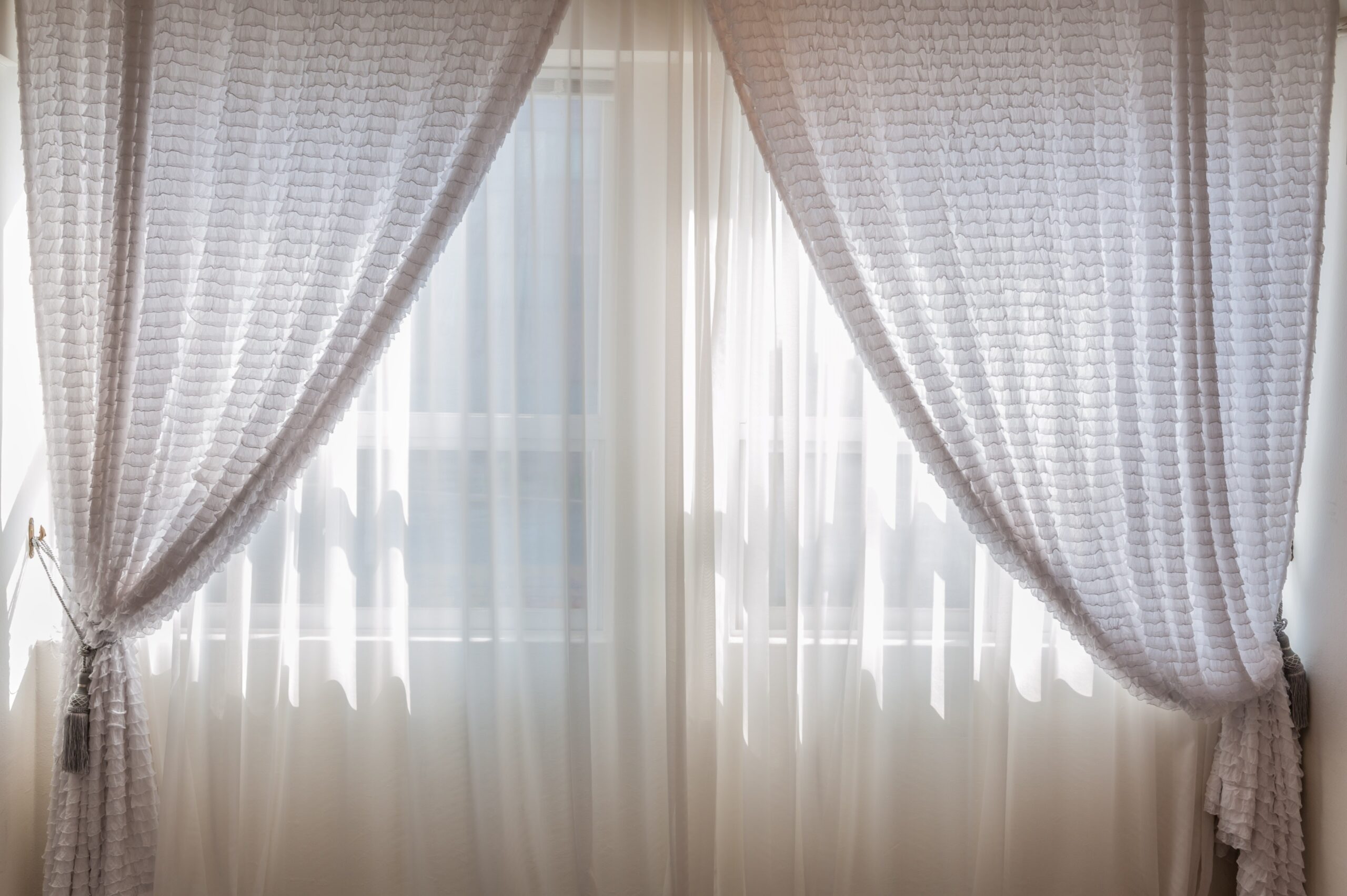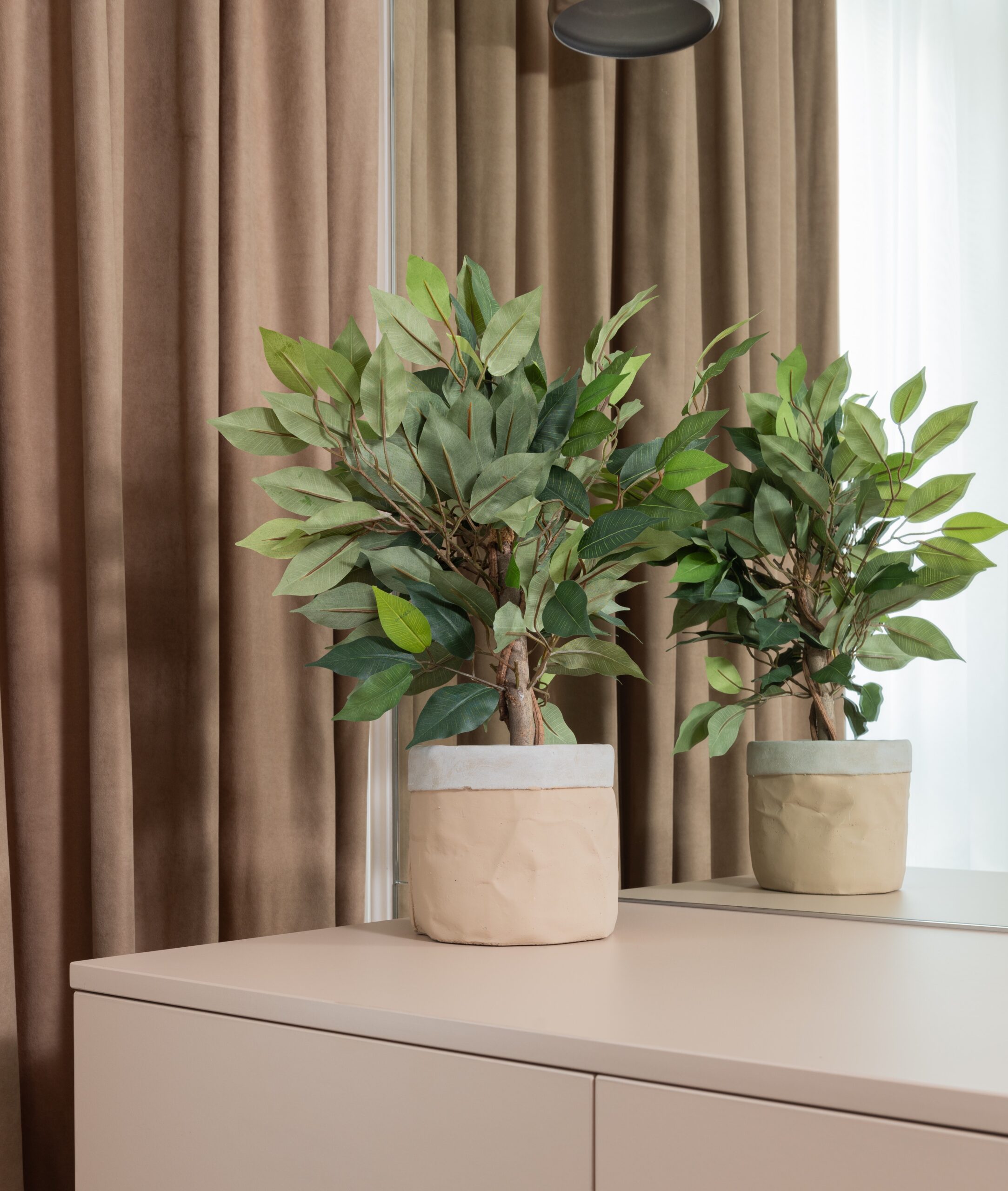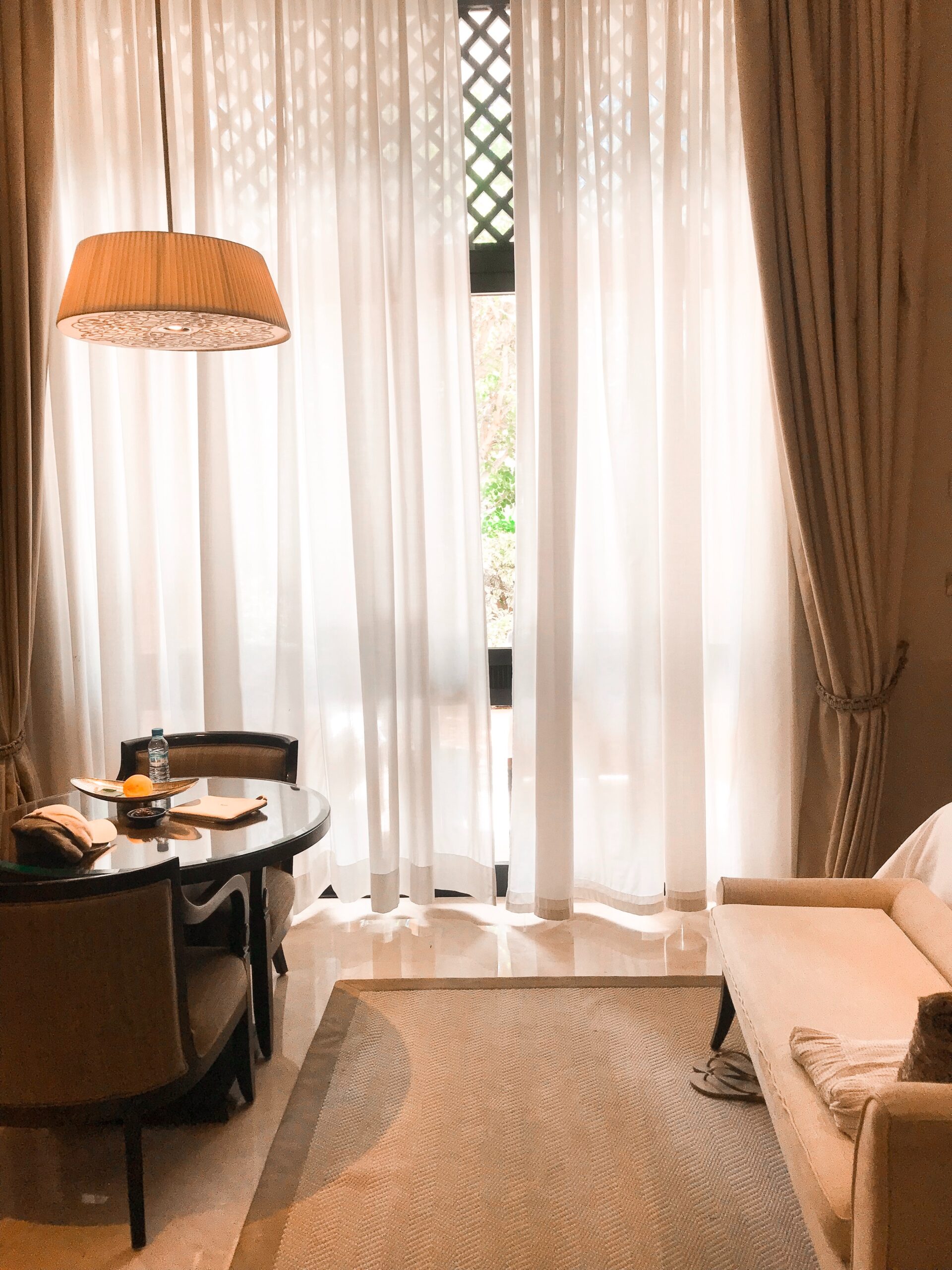How Often Should You Clean Your Curtains and Drapes?
Curtains and drapes are essential elements of home decor, providing both aesthetic appeal and functional benefits such as privacy and light control. However, like any other fabric in your home, they accumulate dust, allergens, and even mold over time. Regular cleaning is necessary to maintain their appearance and ensure a healthy indoor environment. But how often should you clean your curtains and drapes? Here’s a comprehensive guide to help you determine the best cleaning schedule for these vital home furnishings.
The Importance of Cleaning Curtains and Drapes
Dust and Allergens
Curtains and drapes can trap dust, pollen, pet dander, and other allergens. These particles can affect indoor air quality and trigger allergies and respiratory issues. Regular cleaning helps to remove these contaminants, creating a healthier living space.
Mold and Mildew
In humid environments, curtains and drapes are susceptible to mold and mildew growth. This not only damages the fabric but can also pose health risks. Cleaning helps prevent mold and mildew, preserving the integrity of your window treatments.
Aesthetic Maintenance
Over time, curtains and drapes can become discolored or stained due to exposure to sunlight, smoke, and everyday household dirt. Regular cleaning keeps them looking fresh and vibrant, enhancing the overall appearance of your home.
General Cleaning Recommendations
Light Cleaning: Every 1-3 Months
Light cleaning involves regular dusting or vacuuming to remove surface dust and prevent buildup. This should be done every 1-3 months, depending on the amount of dust and allergens in your home.
Steps for Light Cleaning:
- Vacuuming: Use the brush attachment on your vacuum cleaner to gently remove dust from the fabric. Work from top to bottom to ensure thorough cleaning.
- Dusting: Use a lint roller or a microfiber cloth to remove dust from the surface of the curtains and drapes.
Deep Cleaning: Every 6-12 Months
Deep cleaning involves a more thorough process to remove embedded dirt, stains, and allergens. This should be done every 6-12 months, depending on factors such as exposure to pollutants, the presence of pets, and the overall air quality in your home.
Methods for Deep Cleaning:
- Professional Cleaning: Hiring a professional cleaning service ensures that your curtains and drapes are cleaned effectively without damaging the fabric.
- Machine Washing: If the fabric is machine washable, follow the care instructions on the label. Use a gentle cycle and mild detergent, and avoid overloading the washing machine.
- Hand Washing: For delicate fabrics, hand washing with a mild detergent is often recommended. Rinse thoroughly and avoid wringing the fabric to prevent damage.
- Steam Cleaning: Steam cleaning can be an effective method for removing dirt and allergens without using harsh chemicals. Ensure that the fabric is compatible with steam cleaning before using this method.
Factors Influencing Cleaning Frequency
Location in the Home
Curtains and drapes in high-traffic areas or rooms that are frequently used, such as living rooms and kitchens, may require more frequent cleaning compared to those in less-used spaces like guest rooms or home offices.
Exposure to Sunlight
Prolonged exposure to sunlight can cause fabrics to fade and deteriorate. Regular cleaning helps to maintain their appearance and extend their lifespan. Consider rotating your curtains and drapes to minimize sun damage.
Presence of Pets and Children
Homes with pets and children may need more frequent cleaning due to the increased likelihood of dirt, pet hair, and stains. Regular vacuuming and spot cleaning can help manage this.
Allergies and Health Concerns
If anyone in your household suffers from allergies or respiratory conditions, more frequent cleaning is advisable to reduce allergens and improve indoor air quality.
Seasonal Cleaning Tips
Spring Cleaning
Spring is an ideal time for deep cleaning your curtains and drapes. This helps to remove the buildup of dust and allergens accumulated over the winter months and prepares your home for the fresh spring air.
Fall Cleaning
A deep clean in the fall can help remove dust and allergens before the windows are closed for the winter. This ensures a cleaner indoor environment during the colder months when ventilation is reduced.
DIY vs. Professional Cleaning
DIY Cleaning
DIY cleaning methods are suitable for regular maintenance and light cleaning. They are cost-effective and can be done easily with household tools and mild cleaning products.
Pros:
- Cost-effective
- Convenient for regular maintenance
Cons:
- May not be as effective for deep cleaning
- Risk of damaging delicate fabrics if not done correctly
Professional Cleaning
Professional cleaning services offer expertise and specialized equipment to thoroughly clean and restore your curtains and drapes. This is especially beneficial for delicate or heavily soiled fabrics.
Pros:
- Expert handling of different fabric types
- Effective deep cleaning and stain removal
- Saves time and effort
Cons:
- Higher cost compared to DIY methods
- Requires scheduling and coordination
Conclusion: Tailoring Your Cleaning Schedule
Maintaining clean curtains and drapes is essential for a healthy and attractive home environment. By establishing a regular cleaning schedule that includes both light and deep cleaning, you can ensure that your window treatments remain in top condition. Consider the specific needs of your household, such as the presence of pets, children, and allergy sufferers, to tailor your cleaning frequency accordingly. Whether you choose to clean your curtains and drapes yourself or hire a professional service, regular maintenance will keep your home looking fresh and vibrant year-round.



Contact Us
Our team of experienced and certified technicians will work diligently to clean every nook and cranny of your carpets, leaving them refreshed and looking like new again. In addition, we also offer a wide range of other services such as upholstery cleaning, pet stain removal, and more.
